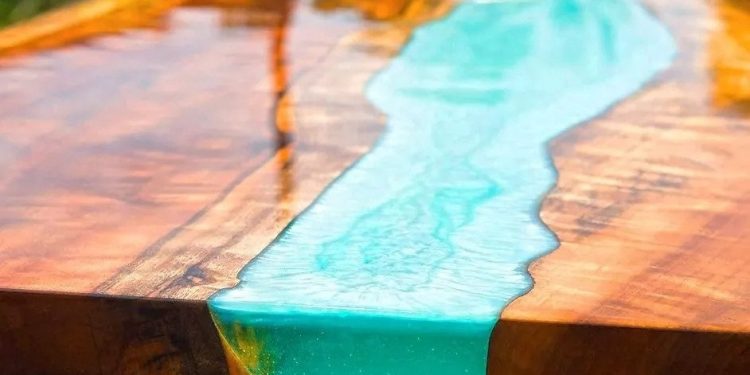Epoxy resin is a two-component polymer consisting of a resin and a hardener. When they are mixed, a strong material resembling a hard plastic is formed as a result of a chemical reaction. Epoxy resin has many applications, such as making molds, sealing fasteners, making jewelry, pouring countertops, making floors (Southern Illinois Epoxy) and much more. Everyone who works with epoxy faces the same problems. In this article, we will talk about the most common mistakes and how to avoid them.
The epoxy does not freeze.
The curing time of epoxy may vary from brand to brand but is usually 24 hours. The full strength of the epoxy gains in 72 hours. If the curing time is not reached during this time, the reason may be the following:
- too much curing agent has been added
- resin and hardener are not well mixed
- Added excess plasticizer
- indoor epoxy
- the resin is too thick
- components are outdated or defective
The epoxy resin is dimmed
Usually, the epoxy dries out to form a pure transparent coating. Clouding occurs when water enters the mixture or when there is moisture on the surface to be treated. Therefore, before pouring the epoxy, make sure that the surface is absolutely clean and dry. Another cause of turbidity is the acceleration of the drying process using a hair dryer.

The epoxy resin is boiling
Mixing the resin and the hardener is an exothermic chemical reaction, i.e. it occurs with heat generation. In the process of mixing small amounts of epoxy is slightly heated. But the larger the volume of epoxy you cook at one time, the more it heats and the higher the probability of boiling. Also epoxy can boil if too much hardener is added to the mixture. The boiling resin is not suitable for use.
If you feel that your epoxy is getting very hot, place it on a water bath with cold water and stir thoroughly to ensure that heat is removed. Try not to cook large volumes of epoxy at a time, and if a large volume is still needed, mix it in a wide container.
Air bubbles
The formation of bubbles in epoxy resin is almost inevitable. The air may come out of the base material, such as wood, during drying and form bubbles. Therefore, before pouring it is important to seal the wood, canvas, tablet, to prevent the release of air into the semi-frozen layers when it will be impossible to remove the bubbles.
To get rid of air bubbles in liquid resin is quite easy. Take a quick walk 5-10 cm from the surface with a gas burner. The bubbles will rise to the surface and burst. Try not to hold the flame in one place so as not to overheat the epoxy. Otherwise, it may bubble, boil, yellow, and form lumps. If this does happen, remove the area of damaged tar and refill it.






